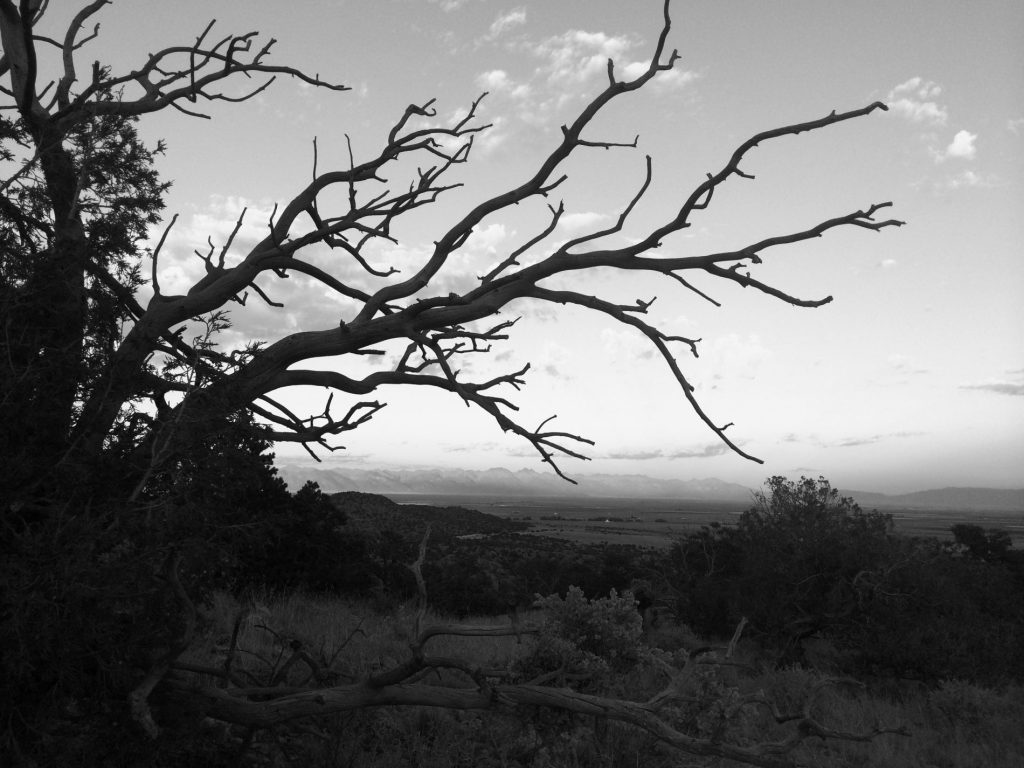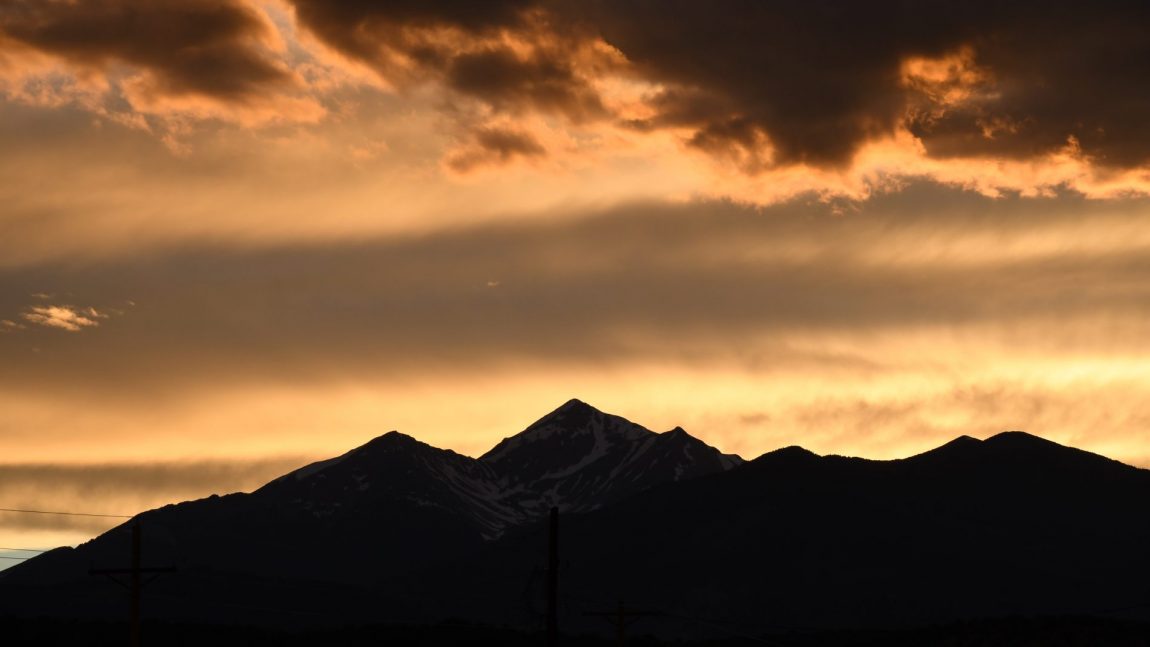Logistics
Where and when will my activity start and end?
All programs start and end at our facility in Buena Vista, CO unless other arrangements are made ahead of time. We provide transportation once the activity has started.
Morning trips check in at 8:30 and run until 12.
Afternoon trips check in at 1 pm and run until 4:30 pm.
Most full-day trips check at 9:00 am and run until 4 pm unless otherwise noted. Certification courses check in at 8 am.
Winter trips check in at 8:00 am.
Can I leave my dog with you?
No. While we love dogs, we just don’t have the facilities to welcome them all. We recommend Alpha Dog Care at 719-539-5481. As a side note, our parking lot has pretty much no shade.
Can I drive my personal vehicle?
Sometimes. For climbing and winter trips- usually. MTB- maybe, depends on the route. This is not possible for river trips due to the shuttle involved.
Can you pick me up at my lodging or meet me somewhere other than the office?
Maybe. We do not offer pick-up services in general, but we can meet clients at alternate locations if the logistics make sense and we have the capacity. We will need to make a clear plan with you regarding gear, waivers, and meeting time and location.
Weather and Conditions
When is the best weather?
This is a really hard question to answer and even our crystal ball isn’t super accurate. One thing that holds true all year- we live in a desert with over 300 days a year of sunshine. This means that every day typically has a roughly 30 degree spread between morning temperatures and afternoon temperatures, all year round. Precipitation is rarely steady all day, except sometimes in winter. There is something to do outside pretty much every season.
When are conditions best on the river?
The Arkansas River provides us with many miles and a variety of river sections that make it ideal for all crafts. This means that from May 1st – August 15th we can help you pick a craft and a section of river that will best meet your adventure needs. For some activities, we can extend our season beyond August 15th.
When are snow and ice conditions the best?
It depends on the pattern of snowfall throughout the season. Things tend to be patchy in early winter, fill in during late winter, and the snowpack usually stabilizes significantly in the spring. Mid-January through April are typically the best months for getting out in the backcountry.
Camping and Lodging
Do you offer camping?
Yes! We have riverside tent camping, and vehicle/camper spaces available. With Browns Canyon Brewing Company and a food truck on site, it’s the perfect end to a day of adventures.
Can I bring pets?
Pets are allowed at our facility, but they must be on a leash and please, please pick up after them.
Are there showers?
No, we do not have any showers. There are pay showers available in Buena Vista at the building across the street from the pump track/baseball fields, at Wally La La’s laundromat, and Peak Fitness. In Salida, showers are available at the Hot Springs Aquatic Center.
I’m taking a certification course. Do I get free camping?
No. Please call our reservations office before your arrival to arrange camping.
Are there full hookups for my RV?
No. We offer water on-site, trash, recycling, and port-a-potties. No electricity or sewer.
What other lodging options are there?
We have a variety of options. We are about 12 minutes from Buena Vista and 24 minutes from Salida. Both have great amenities. There are many vacation rentals in the area and we recommend checking them out. Beyond that, the following are great options.
Rentals
Can I drop off or pick up early or late?
Our rental facility is open 8-5. Any rentals returned outside of those hours are subject to a late fee of 20% of rental value.
Do you rent wetsuits, PFDs, paddles, etc?
Our boat/board rental packages come with ALL gear. A la carte gear can be rented with a minimum of $30/rental.
Can I rent for a half day?
No. We only offer full-day rentals. Morning-afternoon or afternoon-morning.
Can you deliver the gear? Do you pick us up at the end of the trip?
No. Per state regulations, we cannot deliver gear nor can we provide shuttle services. Please plan accordingly and have appropriate equipment for moving your gear and participants. We also do not offer tie-down equipment. Gear can be inflated or deflated, depending on your vehicle’s needs. All inflation equipment is provided.
Shuttles
Do you offer shuttle services?
We do not currently offer stand alone shuttle services.
Kayaking
Do I need to take level 1?
Our kayak courses are in boats with neoprene skirts. Sea kayaking in a skirted boat is the only similar, equivalent experience. For safety of customers and guides, we require instruction in self-rescue skills such as the wet exit that are covered in level 1 course before clients can go into moving water. It can be offered in a private course as a half-day lesson if a client would prefer to not attend a full-day group class, and can often be combined with level 2 if participants do well with the wet exit.
Is my group a good candidate for the combined Kayak L1/L2 Full Day?
Small groups of 5 or fewer participants who are reasonably athletic and quite comfortable in water often can move through the L1/L2 curriculum in one day. It really comes down to how comfortable all participants are with being upside down, underwater, and attached to a boat and how quickly instructors can get folks through that essential, life-saving skill.
What do you recommend if I want to learn to paddle a whitewater kayak?
L1, L2, L3, Rolling…. Then repeat the L3+ Roll as necessary until ready for L4- which is a mostly reliable flatwater roll.
We also recommend getting out and going paddling with friends after L3/Rolling sessions. Make sure you’ve got someone who can help with rescues and that you are paddling a section appropriate to your skill set. RMOC Paddlers Facebook group is a great way to find paddling partners. Americanwhitewater.org is a great resource for beta about river sections.
Pikes Peak Whitewater Club and Colorado Whitewater are also good options for intermediate paddlers.
Will I be able to paddle Class III after L3 Kayak?
Unlikely. As with any sport and a new set of skills, proficiency takes time and intensity to develop. With each course, practice will be imperative to becoming a proficient paddler. Paddlers with experience in skirted boats, familiarity with reading whitewater, and strong athleticism can sometimes progress quickly enough to achieve this, but most people do not. See the recommended progression above for a description of the progression. Usually, by the end of L3, folks are paddling Class I+/II with a buddy.
What’s the difference between all these kayaks I see on the river?
Hard plastic boats with a neoprene skirt: You’ll see these playing in the river parks and going downstream all along the river. Very technical, steep learning curve- but lots of opportunities if you can master it.
Inflatable kayaks: easy to learn, just need some basic paddling skills. It’s most similar to sit on top kayaks.
Short boats doing flips and tricks in the waves at the whitewater parks: These are called playboats and paddling these are an advanced skill. We can teach playboating, but participants will need a fairly reliable combat roll first.
SUP
I’ve never been on a SUP on the river before. Can I go?
Maybe. The first trip downriver on a SUP will involve a lot of swimming and falling. It is recommended for athletic folks with a strong sense of adventure. If that isn’t you, we recommend an inflatable kayak.
I’m interested in going downriver on a SUP but some folks in my party are not. Is there a good option for us?
SUPs and inflatable kayaks can move downriver well together. We are happy to put together a mixed craft trip for your party. Rafts and hardshell kayaks move at a different pace from each other and other craft, and we do not recommend mixing them.
Rafting and Inflatable Kayaking
Not everyone in my party wants to do the same thing. Can we combine?
SUPs and inflatable kayaks can move downriver easily together at a similar pace and we can combine those for a group. Rafts do not mix well with other craft due to the significant difference in pace. Hardshell kayaks also move at their own pace and usually do not mix well with other craft.
I am not sure what section of the river I want to paddle. What are the differences?
River difficulty is classified on a scale of I-V, based on the gradient of terrain, volume of water, and consequences of a swim.
Class II is our mildest section on the Arkansas River. This is similar to a float trip or a splashy, fun mild adventure. It is great for folks who just want to get out on the river or groups that have young children. You’ll see some wave trains and some small drops. A swim in class II water is challenging because you are in moderate current and the bottom of the river is rocky, but hazards are mostly apparent.
Class III is like medium salsa- a little spicy, but doesn’t require an advanced degree in pepper-eating. It’s a really approachable level that is great for beginners and experienced paddlers alike. You’ll see white, foamy water including bigger drops, holes, pillows, and bigger wave trains. Swimming in class III can be a bit more sporty- heavier current and you may swim through some waves. It’s like swimming through moderate surf at the beach.
Class IV- This is spicy! It’s a great adventure for folks that want it. Previous experience rafting can be useful but is not required. A high sense of adventure is definitely required!
Which craft is more fun?
It depends on your sense of adventure!
Rafts are great because the whole group can be together in one boat (up to 6), but everyone has to agree on the level of difficulty.
Inflatable kayaks make everything a little more adventurous because you are in your own boat- with a guide on the river with you. Class III in an IK is spicy!
Mountain Biking
My kids want to ride. Can they?
We have bikes that fit kids down to age 10. If they are younger than that and have their own bikes- we’d be stoked to take them out for a ride.
What type of bikes do you have?
Our fleet is constantly evolving. But it is mostly made up of hard tails with 1 x 12 drive train, most of them with 2.65″ – 3″ tires. We find these bikes to be a perfect fit for the terrain in this area.
What trail will I be riding?
As you can see on our Guided Mountain Biking webpage, we have access to a number of trails in the Ark Valley. You may certainly request a trail and we will do our best to accommodate. But ultimately, our guides will decide the trail after performing a skills assessment at our facility.
Climbing and Summit Hikes
There are a few folks in our party who do not want to climb. What are the options?
They can meet you after or they can ride along and watch. We do have to charge a fee for riding along because we will be charged for insurance and entry fees.
What are the different types of climbing and what do you offer?
Here’s a good article explaining it. This one is short and sweet.
We offer a variety of free-climbing instruction. Most guided trips are single-pitch top rope free climbing, but we also can teach lead trad climbing, sport climbing, and multi-pitch. We also offer ice-climbing and mountaineering instruction.
What peaks can I hike?
We have permits for Mt. Arkansas, Mt. Elbert, Mt. Sherman, and Mt. Huron. These permits do include some additional areas near those peaks. We cannot guide on any other 14ers in the region, by state law.
What fitness level do I need to be able to climb a 14er? What should I expect?
Most trails start above 10,000 feet and continue up from there. Cardiovascular fitness is important, as it will help with exertion at higher elevations. Hikers will be walking uphill for 1,000-3,000 vertical feet, but the distance traveled varies widely by summit. Trails vary in technical difficulty, but these are not paved trails. There will be rocks, there may be scree or talus, and at some point, the trail will rise above tree line.
Winter
What skiing/riding ability is necessary to participate?
We recommend participants in backcountry trips be at least “black diamond/expert” resort skiers or riders. The terrain encountered may not be steep, but it is not groomed. Experience in deep, powdery, or variable conditions is ideal.
What should I bring?
Participants must be prepared to spend the whole day outside in potentially snowy or changing weather conditions. There is no lodge like at the resort. Please bring plenty of layers (including a warm puffy jacket if available), water (1-2 liters), and snacks/lunch for the day. RMOC provides small packs but if clients have a small (25- to 40-liter) hiking or biking pack we recommend using their own.
What fitness level is required for backcountry touring? How many miles will we ascend and what is the elevation gain?
Participants should be comfortable spending a full day above 9,000 feet and with enough cardiovascular fitness for aerobic exertion at this altitude. Private tours may climb 400-1200 vertical feet, depending on the route. Typically climbs take 15-45 minutes, depending on distance and gradient.
For AIARE Level 1 or Avalanche Rescue, the goals of those courses are mostly educational. Any downhill skiing or riding is a bonus. Instructors will focus on areas with short-distance access to maximize learning time. Expect to skin about a mile or two a day, with pretty minimal elevation gain, about 500- 1,000 feet at the most.
Where will we be skiing/riding?
Instructors evaluate snow and weather conditions at our teaching venues leading up to the course and make a final decision by the time of course start. We are permitted to use areas on Monarch Pass, Independence Pass, Fremont Pass, and near Leadville for instruction.
Can we meet our guide in Leadville?
We recommend that introductory private lessons meet at RMOC to fit gear and potentially use the indoor classroom for morning instruction. For private, more advanced instruction, it is possible to meet in Leadville. The preferred meeting place is the Safeway parking lot. We will need the exact sizes and items needed for anyone using RMOC gear so the guide can bring it.
What is the instructor-to-student ratio for backcountry courses?
AIARE courses = 1:6, RMOC courses = 1:4-6 depending on activity, participant needs
Do you offer half-day trips?
We offer pow surfing trips as a half-day option.
I see that boots are not provided, but I only have boots for skiing or riding at the resort. What do I need?
Your downhill boots will be fine! Our bindings can accommodate regular downhill ski and snowboard boots. AT boots and splitboard boots are more comfortable if you are skiing backcountry frequently and for long periods, but they will be fine for a day or two of introductory lessons. Figure out if you like the sport before spending $$$ on new boots!



 RMOC is an equal opportunity service provider. RMOC operates under special use permits from the San Isabel National Forest. All or part of this operation is conducted on Public Lands under special permit from the U.S. Bureau of Land Management.
RMOC is an equal opportunity service provider. RMOC operates under special use permits from the San Isabel National Forest. All or part of this operation is conducted on Public Lands under special permit from the U.S. Bureau of Land Management.